Hey, this is Jeremy with Sustainable Village Redevelopment. Wanted to talk to you today about Airbnb Investing and our spin on using Airbnb to up the cash flow in our multifamily apartment buildings that we're building or adaptively reusing.
why airbnb 1 of your rental units in a 4 plex?
So jump into it. Why would you want to invest in Airbnb rentals? Obviously, you get more income per unit. In general, we're seeing an additional $500 to $1,500 per month per unit that we have short-term versus long-term. That in turn gives you better cash flows. Your cleaners that you hired can go and inspect the unit more, as opposed to having a tenant in there for three years and thrashing the place or beating it up more, because your cleaners are in there every week or every couple of days or whatnot. Additionally, you and your family can still use the unit when it's not rented. That's been huge for us because we have one of the units in the fourplex. My mom or my friends can still use that apartment, where we can block it, and they can have their own apartment, and still stay with us, and have their own comfortable space that's affordable.
Then probably depending on how you feel about it, it's more automated. You're using the Airbnb platform. You can install digital locks that the codes change or don't change however you want it, and then using platforms like guesty.com that automates cleaning, scheduling a handyman, and connecting your Airbnb listing to other platforms as well if you want to use VRBO or whatnot.
Then probably depending on how you feel about it, it's more automated. You're using the Airbnb platform. You can install digital locks that the codes change or don't change however you want it, and then using platforms like guesty.com that automates cleaning, scheduling a handyman, and connecting your Airbnb listing to other platforms as well if you want to use VRBO or whatnot.
where to invest in airbnb units
Obviously, where to invest, in my opinion, number one, maybe not these last couple of pandemic years, but popular urban areas, beaches. We live here in San Diego. We're generally pretty busy. Florida and other places, places where people want to go. These last couple of years, probably more popular has been close to national parks, towns that have attractions that are more rural or have scenic beauty around them. Then maybe experiential places, where you're doing airstream trailers, or glamping tents, or you have an adventure ranch. This is one of the concepts that we're kind of playing with for our next property in Tahoe. Things that are unique.
Multifamily versus, single family, versus condos
Then what's the cut-off multifamily versus single-family or condo? We're trying to build or adaptively reuse old buildings and turn them into small multifamily experiential apartment complexes. You can obviously use really sophisticated tools like AirDNA to analyze markets and figure out what the differential in rent is, short-term to long term.
How to differentiate your short term rental from others: we try and create an experience, not just an address!
Maybe, number three, how to differentiate and up your overall cash flow on your Airbnb units that you have. In my opinion, we try and make our listings more of an experience. We give our tenants loaner bikes, surfboards to surf on. Because we live here in San Diego, I've seen people offering golf carts to people if you live in that type of community, having a fire pit. We eve,n include toys for families and high chairs, and things of that nature, fire pits, outdoor games, anything that differentiates you from boring hotels or just ordinary cut and dry listings that are nicely decorated but are just a box with an air conditioner.
Number two in that category probably is unique furnishings, books, local art. We actually have photos in our unit from one of my really successful photographer friends that works for National Geographic. She did an expose on San Diego, and we took some of those photos and included them in our art in our unit. It's really cool and amazing and inspires people to go see more of the cool things that are here to do in San Diego. Then obviously, just giving advice or information on what's fun to do in the local area, especially considering we have bikes and whatnot, biking to local breweries or restaurants.
Then probably third is landscaping, outdoor amenities, Jacuzzi, pool, yard games. Again, anything other than a standard listing where people have nice furnishings and it's a nice condo. But if you have a beautifully manicured lawn, and landscaping, and trees, and Adirondack chairs, and yard games to play, that makes it a unique experiential place to rent and it's going to help you boost up your cash flows and occupancy.
Number two in that category probably is unique furnishings, books, local art. We actually have photos in our unit from one of my really successful photographer friends that works for National Geographic. She did an expose on San Diego, and we took some of those photos and included them in our art in our unit. It's really cool and amazing and inspires people to go see more of the cool things that are here to do in San Diego. Then obviously, just giving advice or information on what's fun to do in the local area, especially considering we have bikes and whatnot, biking to local breweries or restaurants.
Then probably third is landscaping, outdoor amenities, Jacuzzi, pool, yard games. Again, anything other than a standard listing where people have nice furnishings and it's a nice condo. But if you have a beautifully manicured lawn, and landscaping, and trees, and Adirondack chairs, and yard games to play, that makes it a unique experiential place to rent and it's going to help you boost up your cash flows and occupancy.
our san diego 4 plex finances example with 1 short term airbnb rental now.
Then probably I wanted to go through our fourplex example. We bought this place as a duplex here in San Diego, and then we renovated it into a fourplex of my own design. We live in one of the units with my offices, which we're shooting from now. Then we have three units, two on short-term or two long-term tenants and one Airbnb unit now.
In this example, we spent about $1.4 million to build the fourplex. That mortgage is right around $6,800 a month. To make the math easy, we have two long-term rentals in the community, one's a two-bedroom, one-bath that we're running for $2,200 a month. And the other is a two-bedroom, two-bath with a 350 square foot private deck for $2,400.
This is San Diego. These rents are well below market rate currently. We could probably be charging an extra $300 or $400 a month. But that's part of the beauty, as you'll see in this.
After rent, we owe about $2,200 with the long-term rentals left on our mortgage. Then our short-term rental is bringing in no less than $2,900 to $4,000 plus per month, especially during the summer. You can see that the cash flow is anywhere from $700 a month to $1,800 a month. We're living in the building in one of the biggest units, so we're living for free. So that's pretty amazing.
The extraordinary benefits, I think, of doing it in a fourplex situation, especially where more affordable housing is needed, is you can increase your profits by turning one of the units into an Airbnb. It allows you to rent the long-term to long-term tenants at an affordable rate or below market like we are and provide much-needed affordable housing which is cool and helps your fellow man.
In our scenario, my wife can work less because she's a nurse, so she works two days a week and can stay home with our small children more, which she's excited about and it's not stressful. Then ultimately, we still live mortgage-free in this building and this can be replicated in other places. We're now saving money to either do a fourplex or some sort of an adventure ranch in either Lake Tahoe, my hometown of Bass Lake, or Mammoth Lakes near Mammoth Mountain ski resort. All these places need more rental housing, more affordable rental housing, new or nicer rental housing.
I believe this strategy with Airbnb Investing can allow us to still generate the cash flows that we need to continue to build and save and build more buildings but also afford us to be generous and give affordable housing back to the market where it's needed most.
Anyways, that's my strategy. I hope you liked it. We're looking to grow. We're looking to collaborate. If you're interested in any of this, I'd be happy to talk you through it a little bit more specifically, or if you're interested in some of our future products, please reach out to me. I can be reached at 619-885-8188 or jeremy@sustainablevillageredevelopment. I hope you like this and make it a great week. Talk to you soon.
In this example, we spent about $1.4 million to build the fourplex. That mortgage is right around $6,800 a month. To make the math easy, we have two long-term rentals in the community, one's a two-bedroom, one-bath that we're running for $2,200 a month. And the other is a two-bedroom, two-bath with a 350 square foot private deck for $2,400.
This is San Diego. These rents are well below market rate currently. We could probably be charging an extra $300 or $400 a month. But that's part of the beauty, as you'll see in this.
After rent, we owe about $2,200 with the long-term rentals left on our mortgage. Then our short-term rental is bringing in no less than $2,900 to $4,000 plus per month, especially during the summer. You can see that the cash flow is anywhere from $700 a month to $1,800 a month. We're living in the building in one of the biggest units, so we're living for free. So that's pretty amazing.
The extraordinary benefits, I think, of doing it in a fourplex situation, especially where more affordable housing is needed, is you can increase your profits by turning one of the units into an Airbnb. It allows you to rent the long-term to long-term tenants at an affordable rate or below market like we are and provide much-needed affordable housing which is cool and helps your fellow man.
In our scenario, my wife can work less because she's a nurse, so she works two days a week and can stay home with our small children more, which she's excited about and it's not stressful. Then ultimately, we still live mortgage-free in this building and this can be replicated in other places. We're now saving money to either do a fourplex or some sort of an adventure ranch in either Lake Tahoe, my hometown of Bass Lake, or Mammoth Lakes near Mammoth Mountain ski resort. All these places need more rental housing, more affordable rental housing, new or nicer rental housing.
I believe this strategy with Airbnb Investing can allow us to still generate the cash flows that we need to continue to build and save and build more buildings but also afford us to be generous and give affordable housing back to the market where it's needed most.
Anyways, that's my strategy. I hope you liked it. We're looking to grow. We're looking to collaborate. If you're interested in any of this, I'd be happy to talk you through it a little bit more specifically, or if you're interested in some of our future products, please reach out to me. I can be reached at 619-885-8188 or jeremy@sustainablevillageredevelopment. I hope you like this and make it a great week. Talk to you soon.
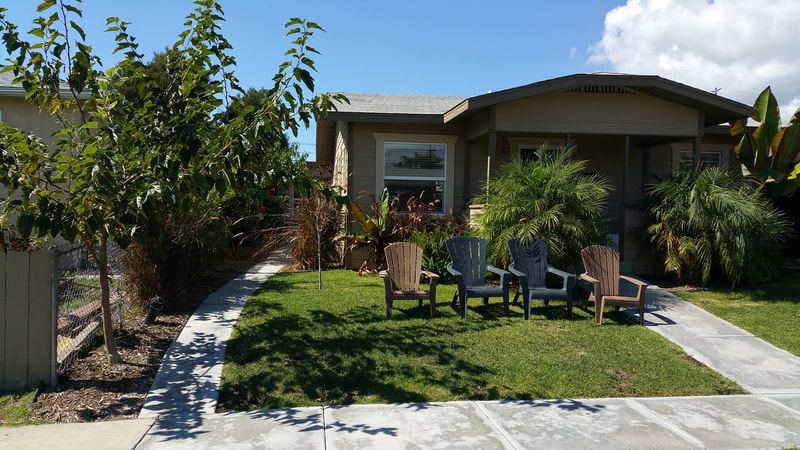
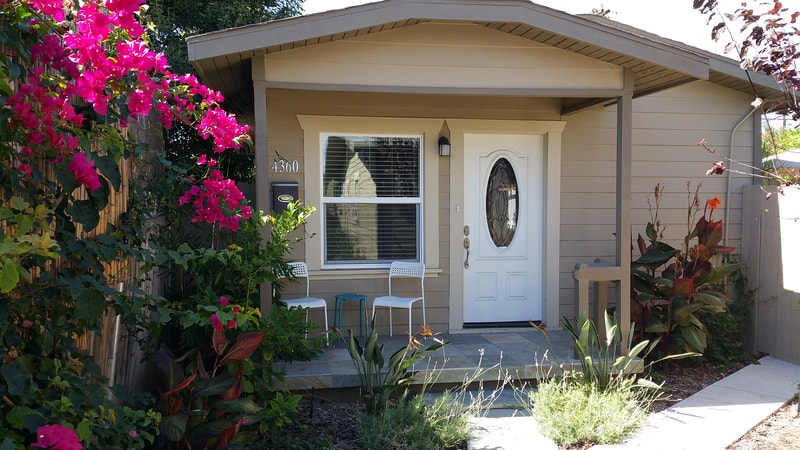
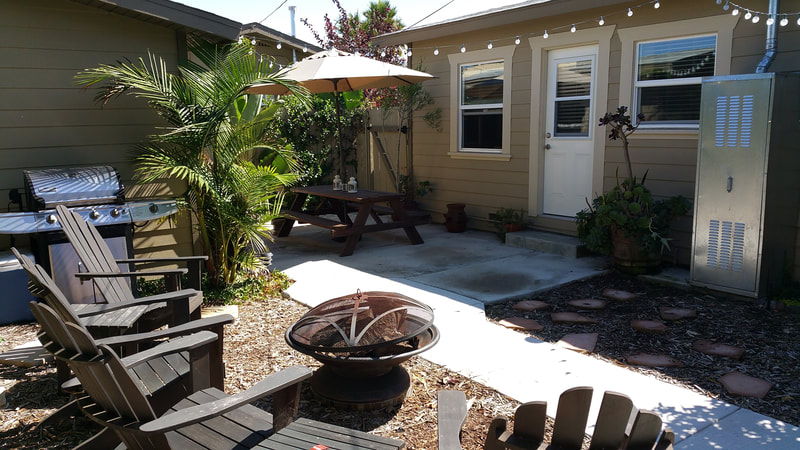
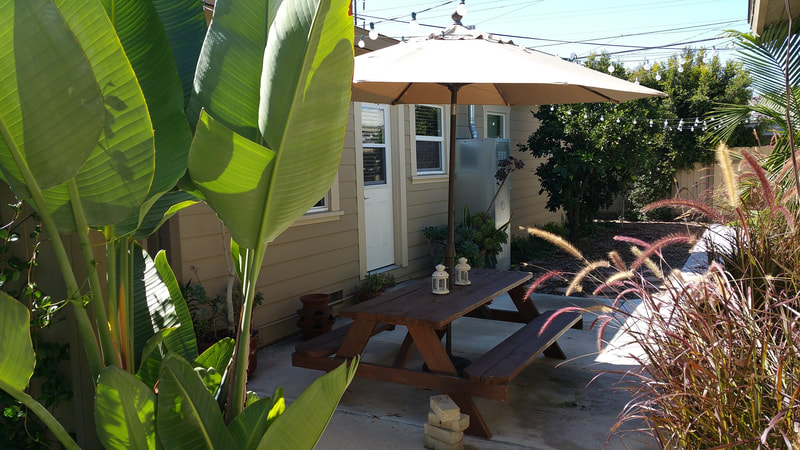
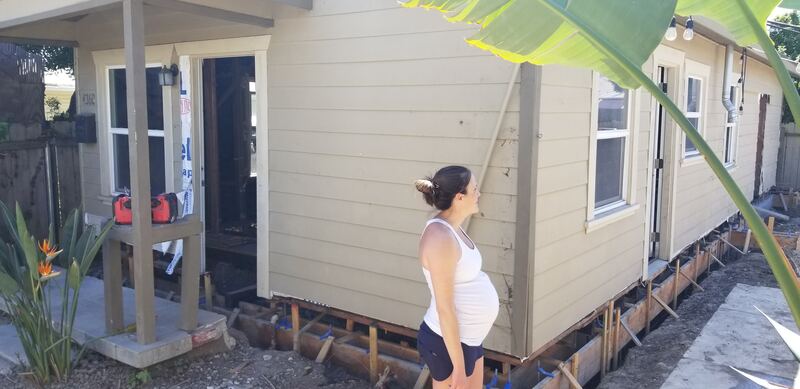

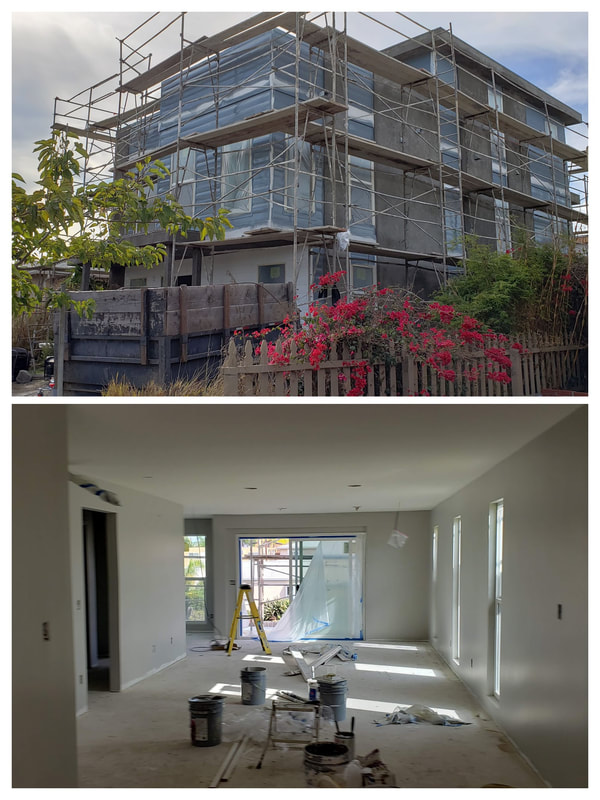
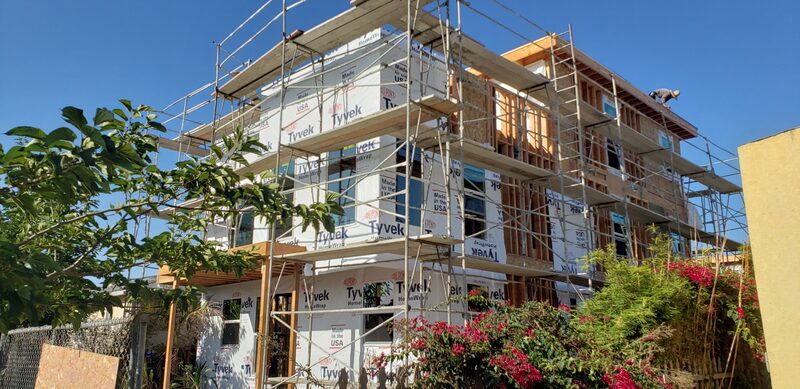
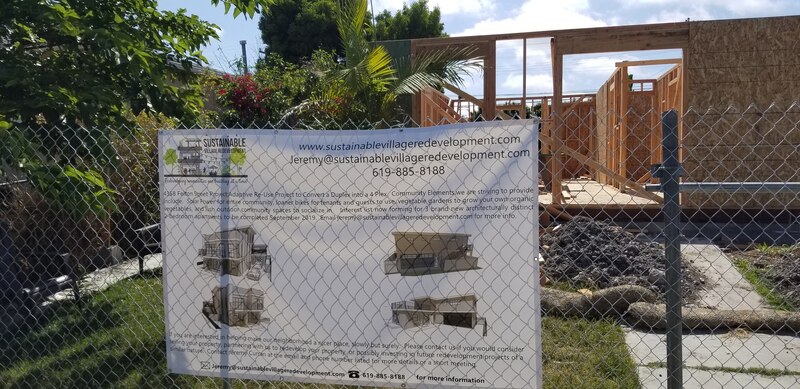

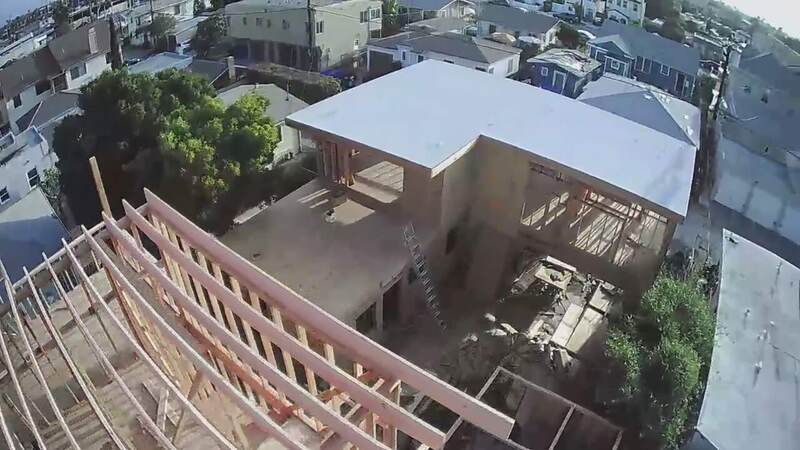
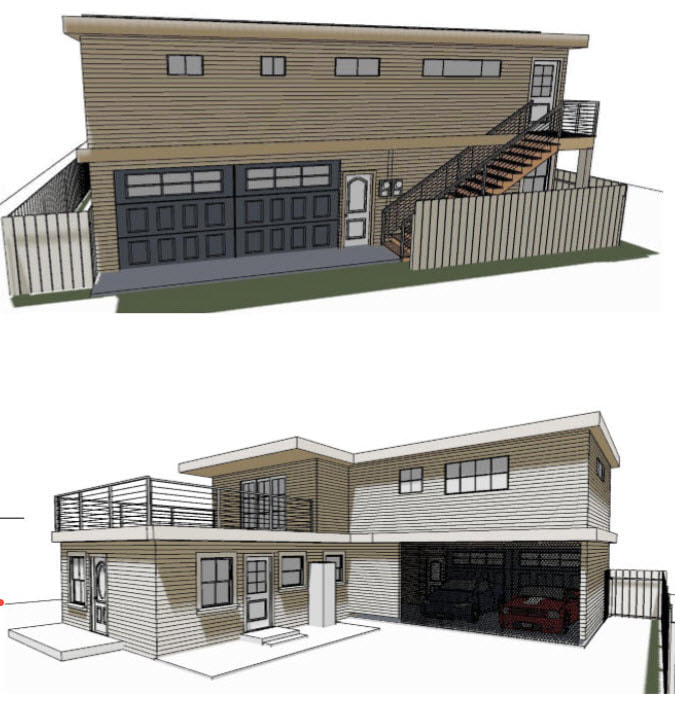
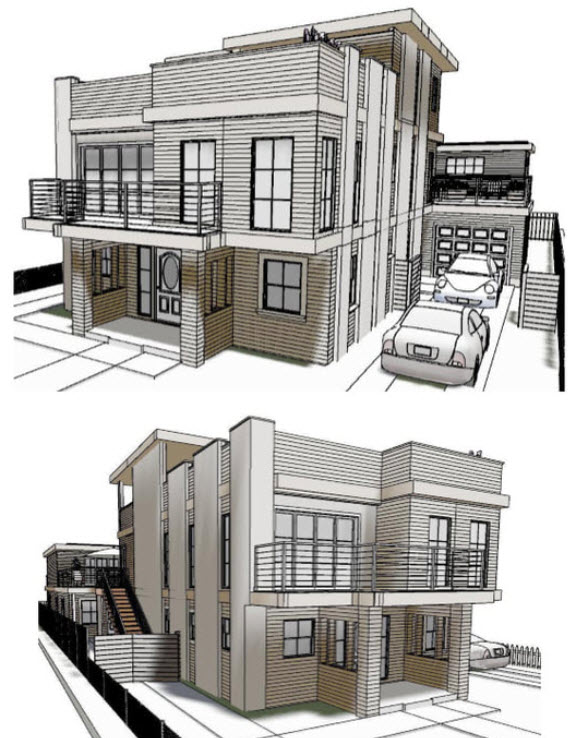
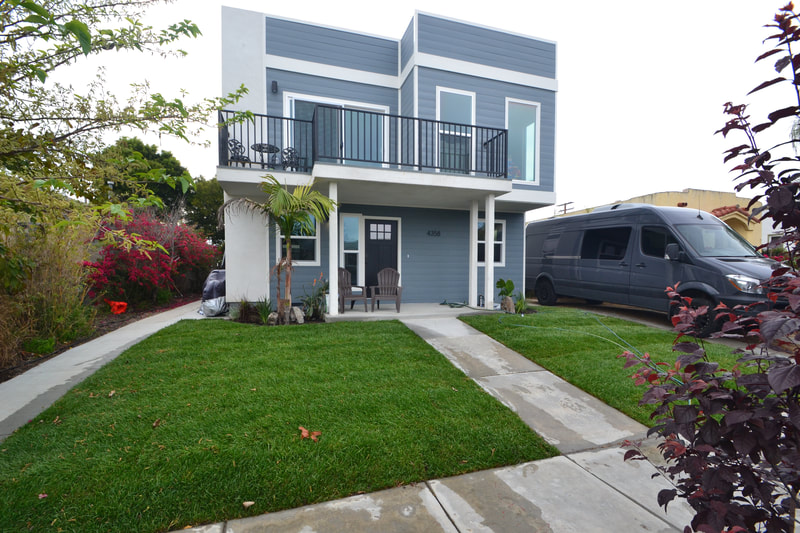
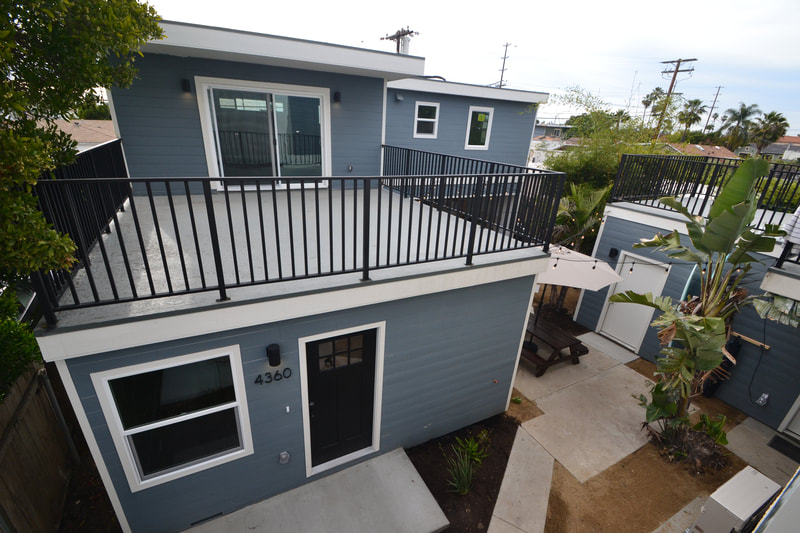
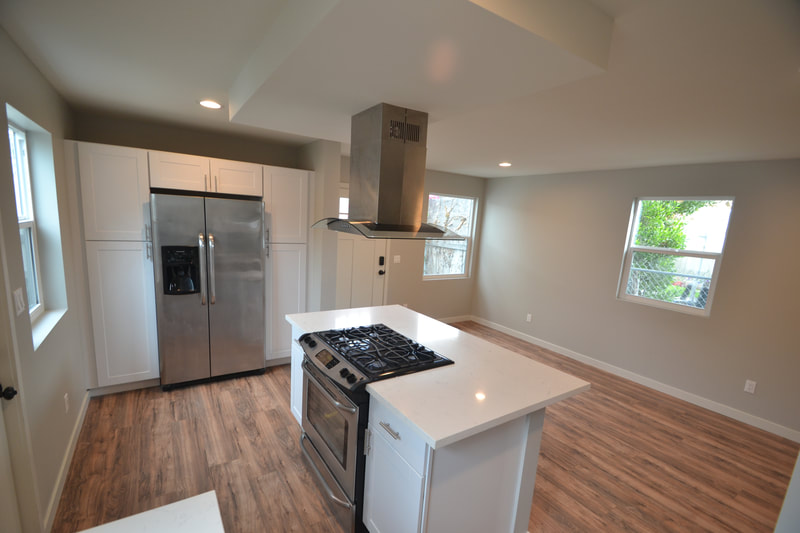
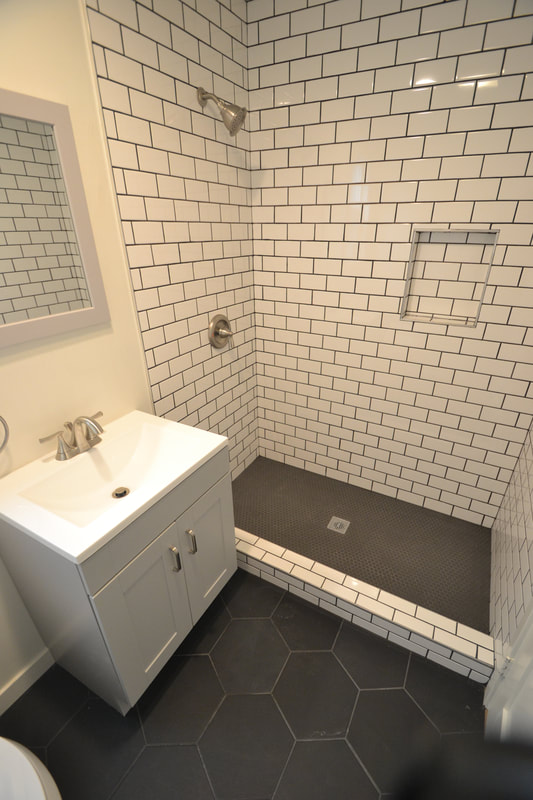
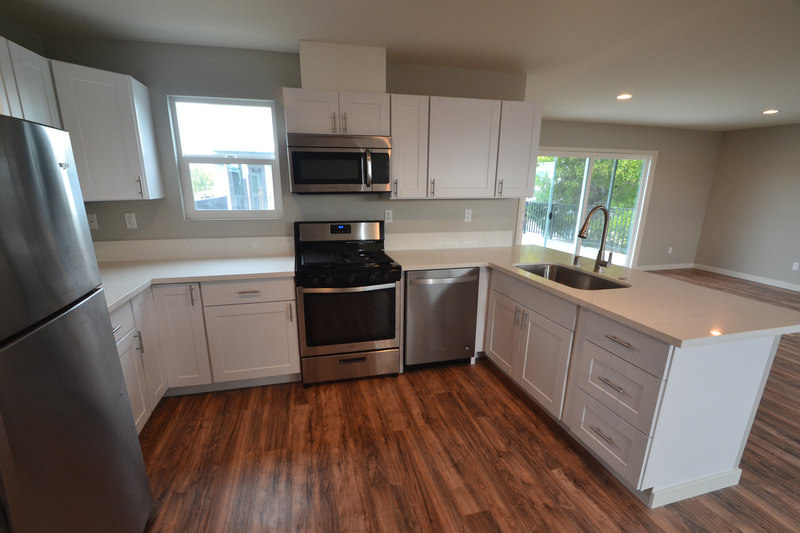
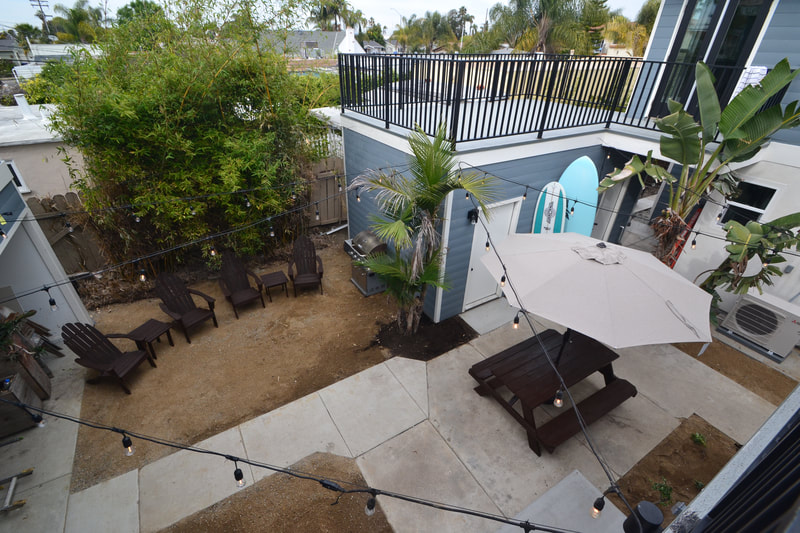
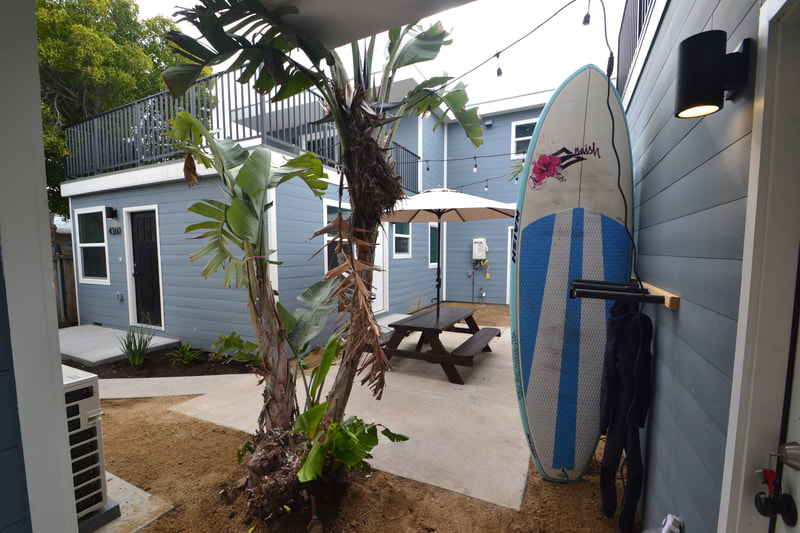
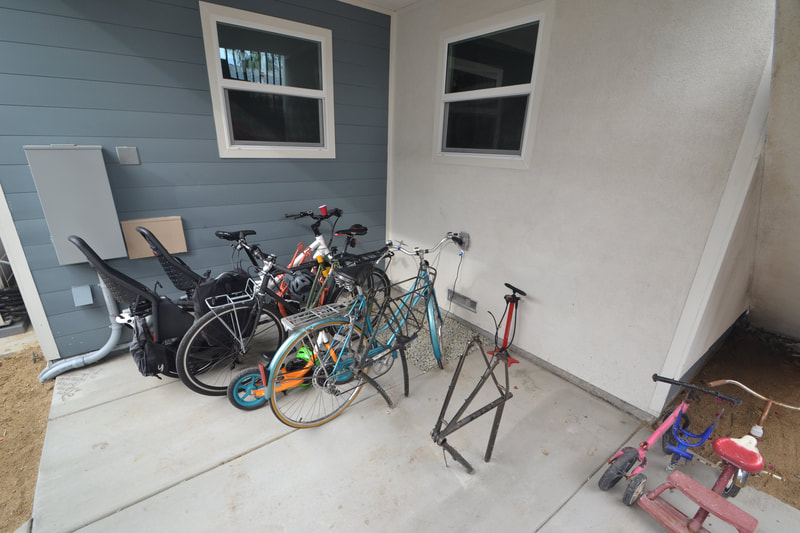

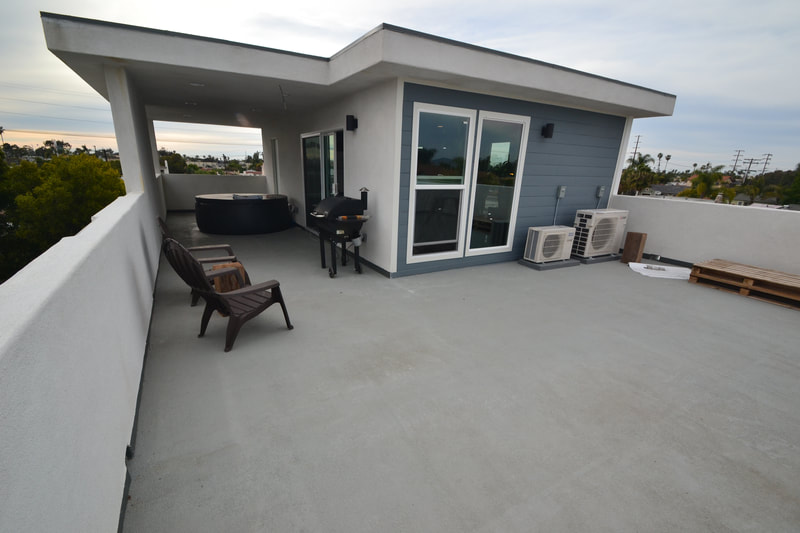
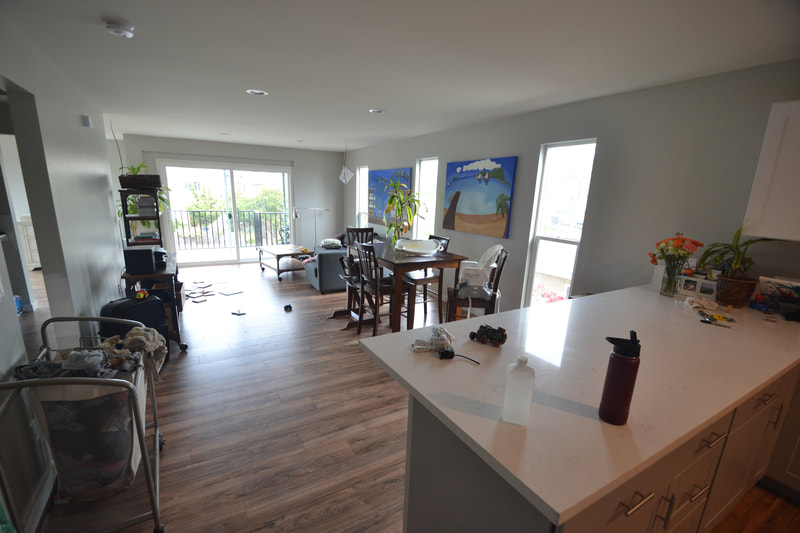
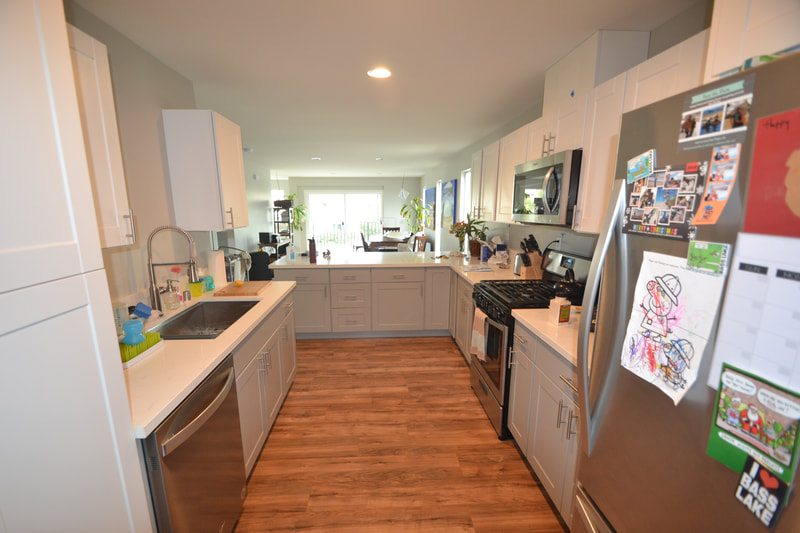
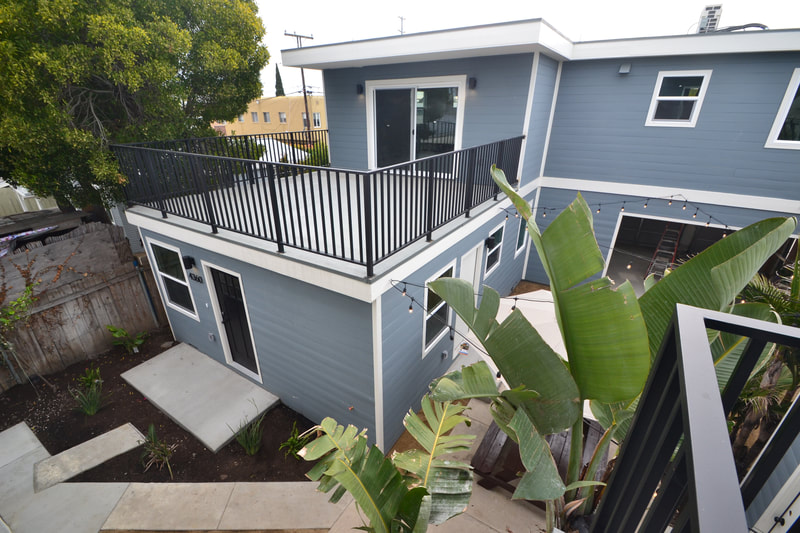
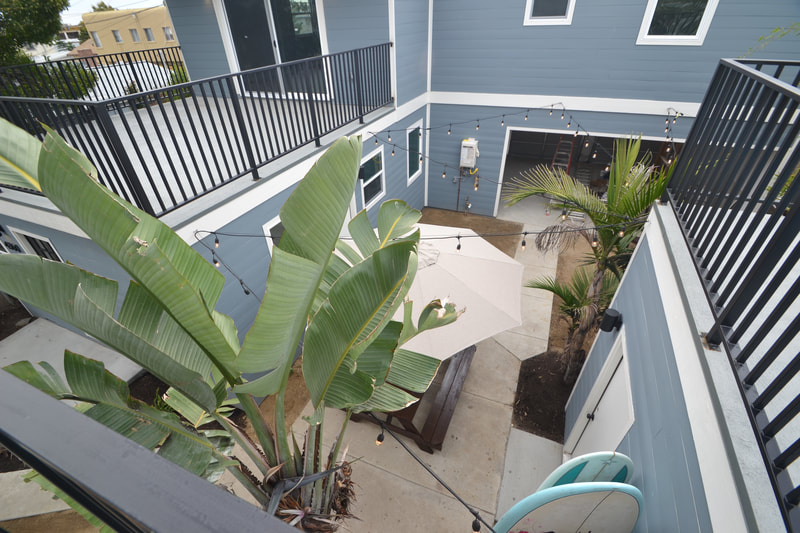
 RSS Feed
RSS Feed